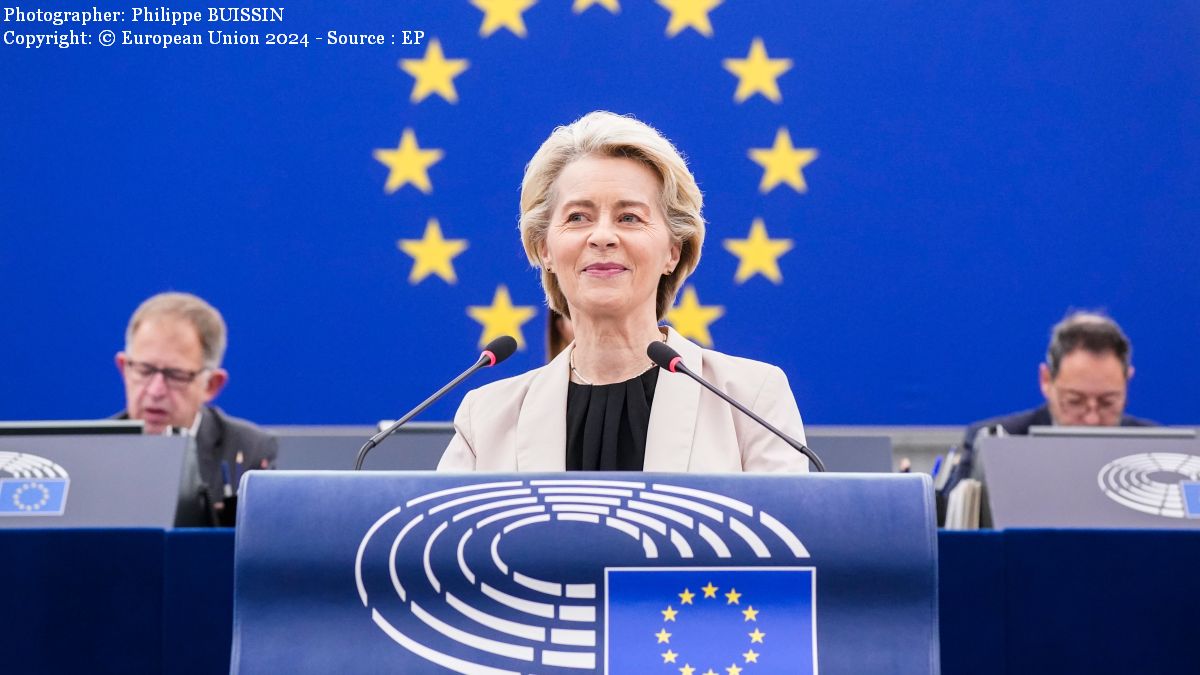The challenges and opportunities of an aging Europe
Never in the history of Europe have there been more people to enjoy a longer lifespan.

Corina Cristea, 02.07.2021, 14:00
The most recent demographic change report from the European Commission, from June 2020, reveals that in the last half century, life expectancy in the EU went up by around 10 years, for both men and women. According to the document, right now 20% of the population is over 65, and estimates are that, by 2070, this figure will go up to 30%.
As a guest on Radio Romania, Vladimir Alexandrescu, with the National Institute of Statistics, reviewed the factors that contribute to this situation in the EU, including Romania – a country that is somewhere at the middle of the list in terms of aging population:
“Nutrition conditions, despite some voices say, are better and better in European countries; health conditions, pandemic aside – because it is an outlier – are better overall in all countries, lifestyles have improved everywhere, and as a result, life expectancy is constantly going up. Now we have a life expectancy of over 80 in the EU, we are slowly getting closer to this level, we are not very far from the rest of Europe. Of course, this will cause a problem, because, by the nature of things, the aging need more care than the young. Therefore, all countries will increase social spending over the next few decades.
Thanks to healthier lifestyles, as well as to medical advances, such as improved prevention, diagnosis, and treatments, most pensioners in the EU have better health, and have better choices for their free time. Many of these, more than ever, according to community data, choose to work longer, they prolong their careers, and take part in social activities after retirement. Others don’t, and social protection systems face a challenge in supporting them. What is important is the big picture, identifying trends. Once again, Vladimir Alexandrescu:
“A few years back, demographers have introduced a second indicator, in addition to life expectancy at birth, which is a substantial indicator that has always existed. This second indicator is the expectancy for a healthy life. Precisely because it is extremely important for people to not become a burden on society, for his fellow human beings, but to have a healthy and active life and continue to be of support to their families, for their fellow citizens. As regards this second indicator, if we were to look at the details, we notice some things that clash with the first. For instance, given that women have a higher life expectancy at birth than men – in Romania it is 79 for women and 72 for men, a large difference – the difference in the EU is 5 years, 83 against 78. Well, in terms of healthy lifestyles, this is higher for men than for women. If we reference a ceiling of 60 years of age, we see that past 60, men’s healthy life expectancy is slightly higher than that of women.
The new realities in terms of aging of the population are high on the agenda in Brussels, which is analyzing all facets, from the important contribution that older people can have in society, down to the degree to which pension systems are prepared to cope with a higher and higher number of pensioners. One of the opportunities for the Union is what is called the ‘third age economy’, which consists of products and services to satisfy the needs and preferences specific to the elderly. Estimates are that the third age economy will be growing by around 5% per year, from 3.7 thousand billion Euro five years ago, to 5.7 thousand billion Euro in 2025. Tourism, smart homes to encourage independent living, assisting technologies, accessible products and services, the robotics of wellness services, or personal and automatized mobility, these are just a few sectors that may reveal opportunities for employment in close relation to the third age economy.
At the same time, the prospects of patients may be improved by telemedicine, smartphone apps, bio-sensors for remote diagnosis and monitoring. All these are mentioned in a green charter on an aging population issued after the European Commission issued its report. In an attempt to identify the optimal response, the document launches an ample debate on the challenges and opportunities for the aging population of Europe, taking into account the effects of these demographic trends on society and the economy. From and EU perspective, this includes everything, from a healthy lifestyle and lifelong learning, to consolidating healthcare systems, to answer the needs of the aging. At the same time, improving birthrates is also among the initiatives that may, in time, help balance demographics.





























